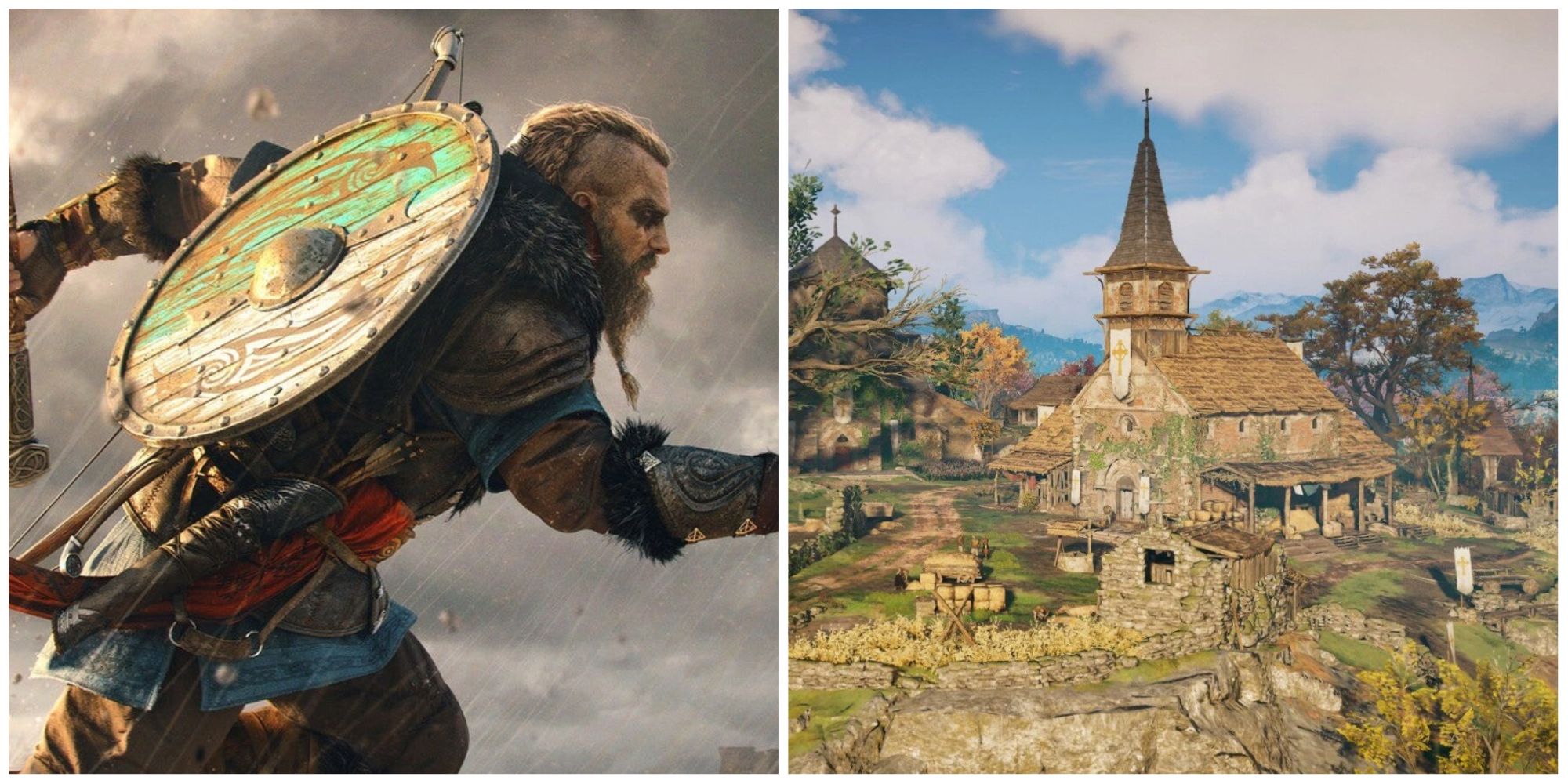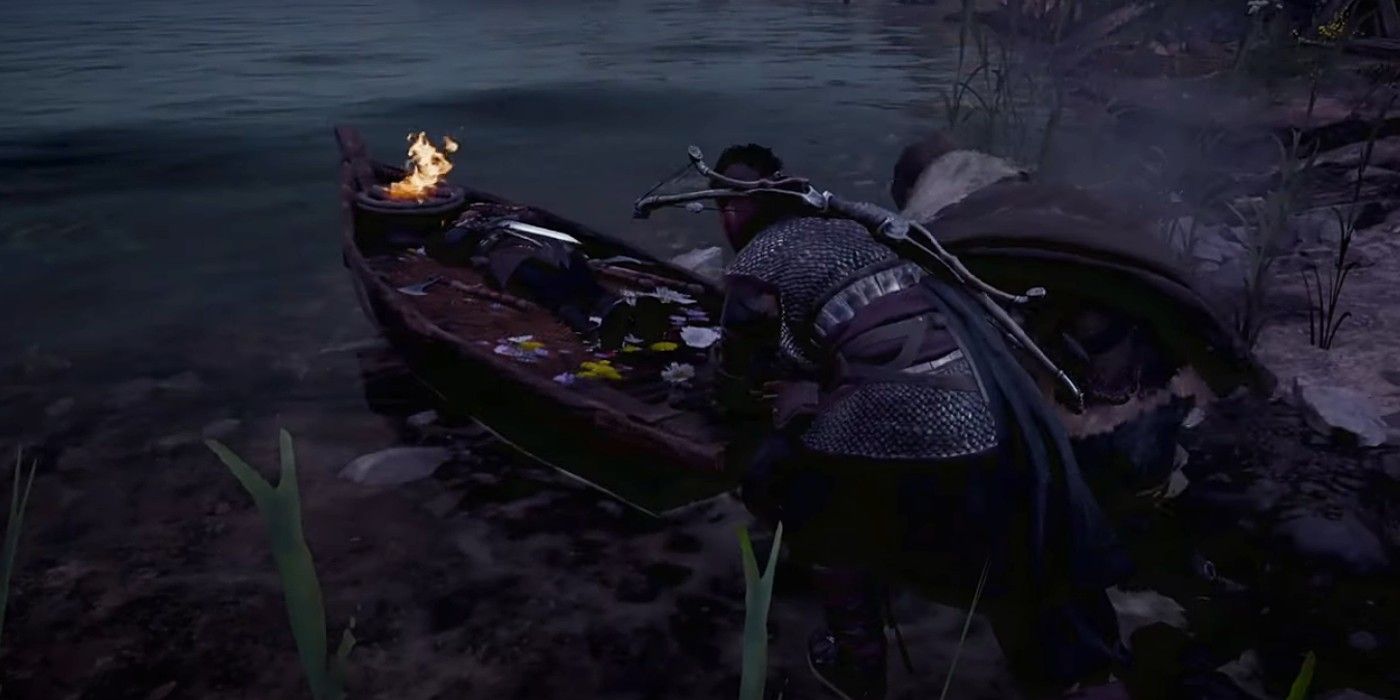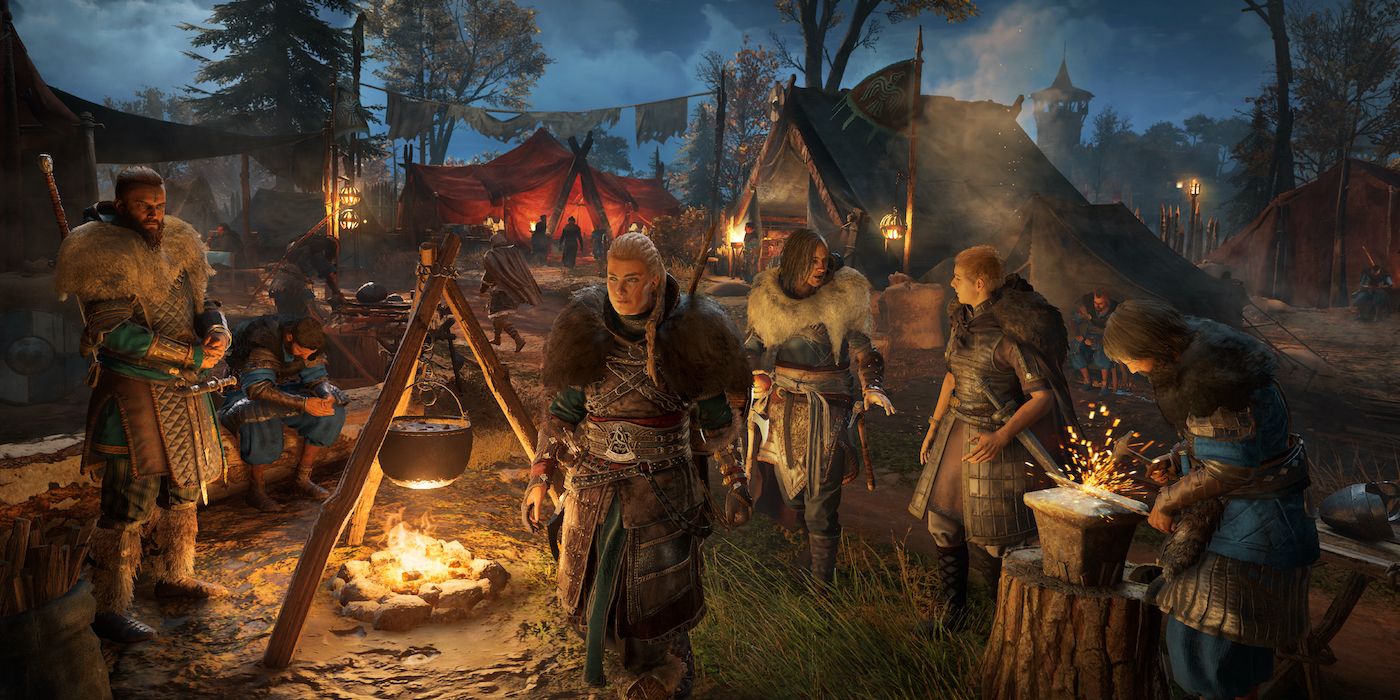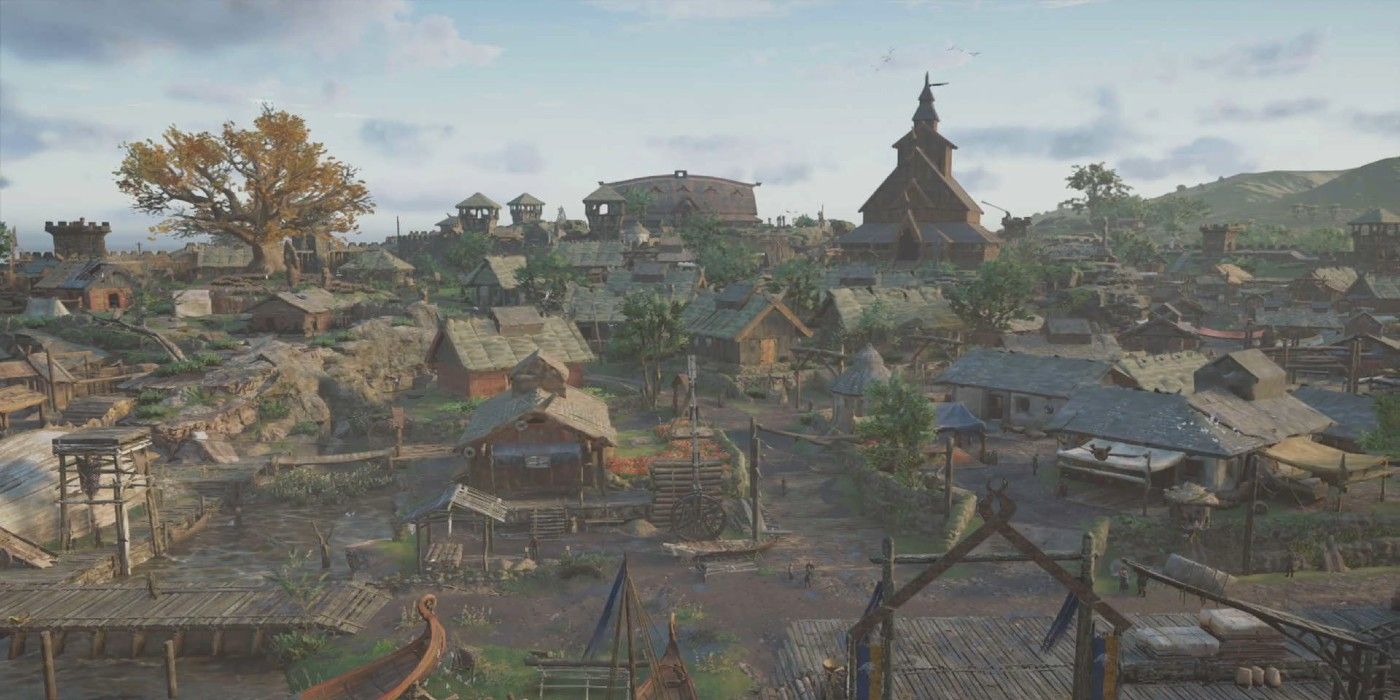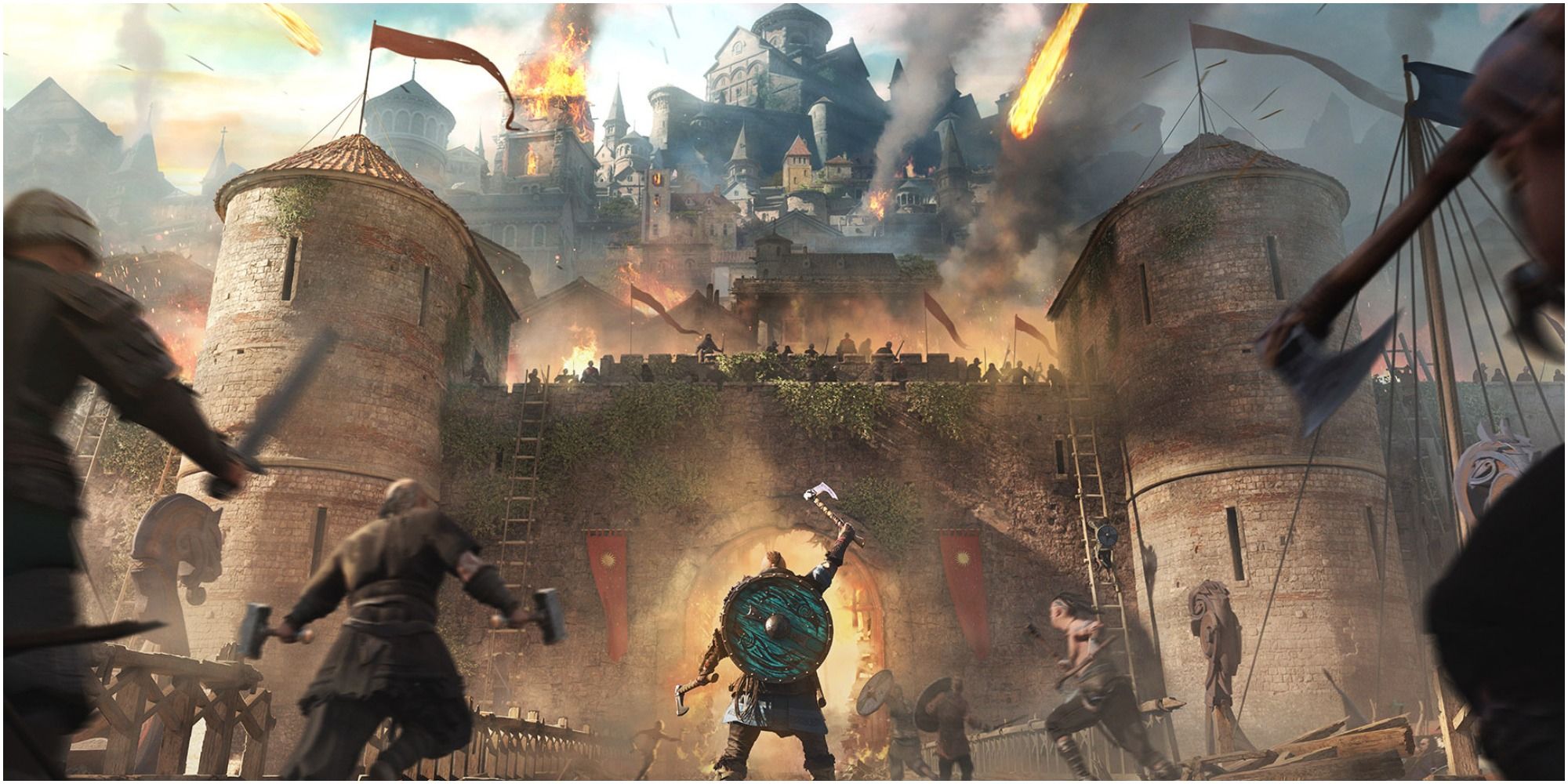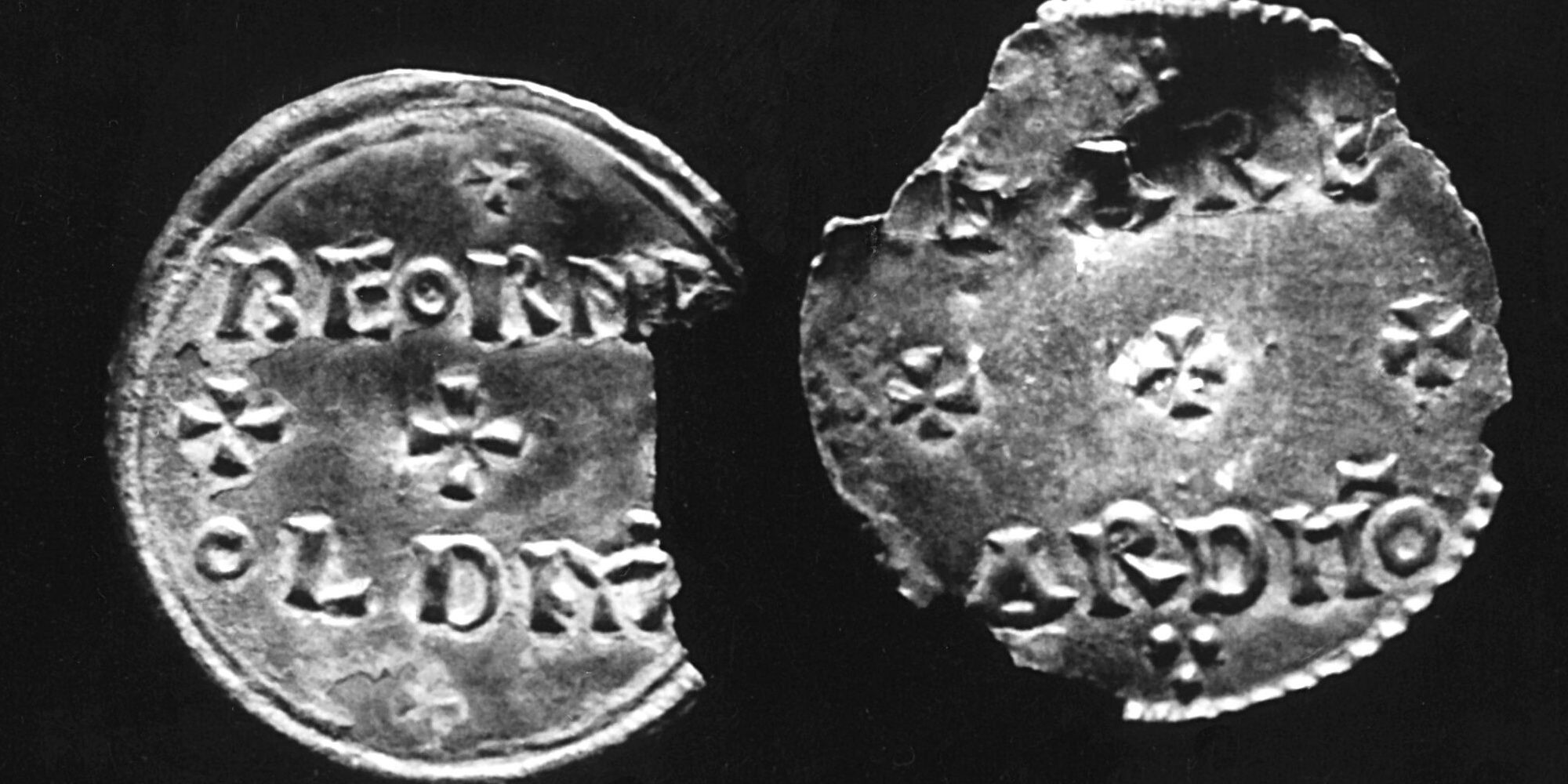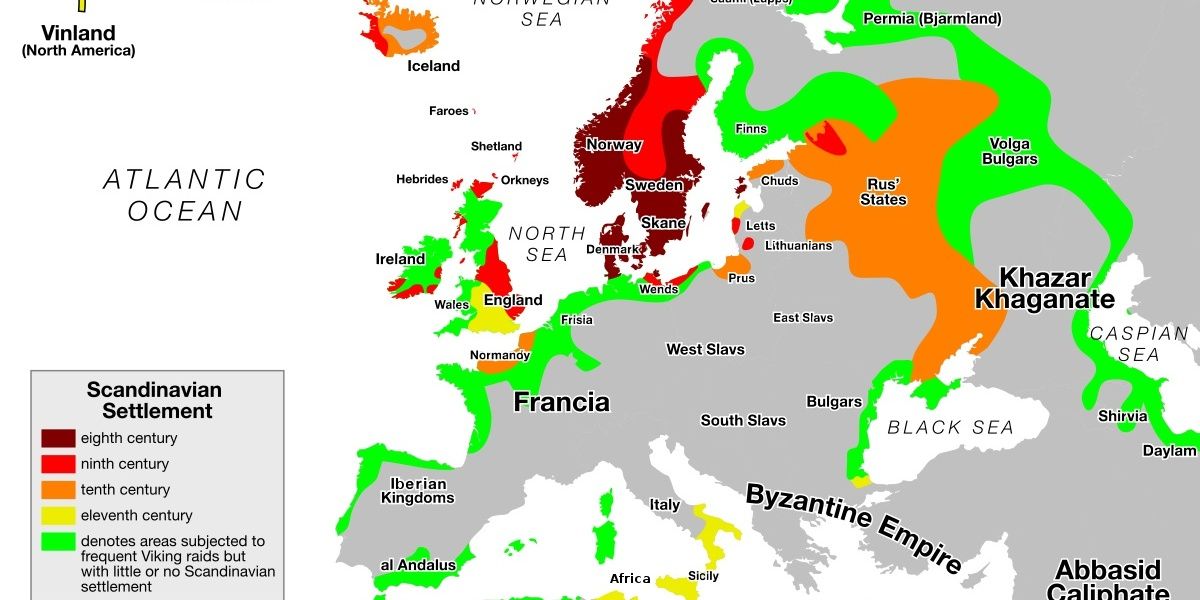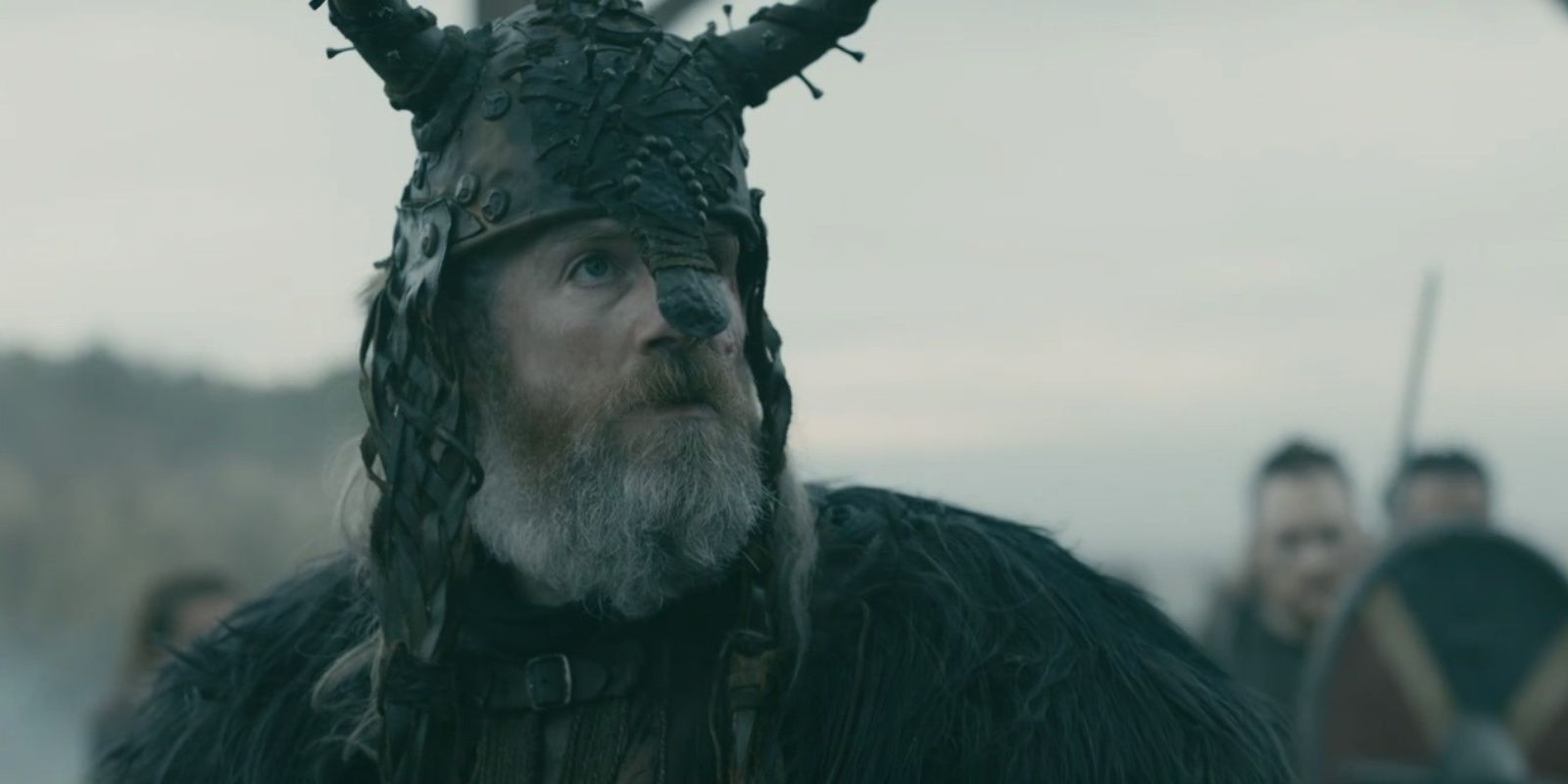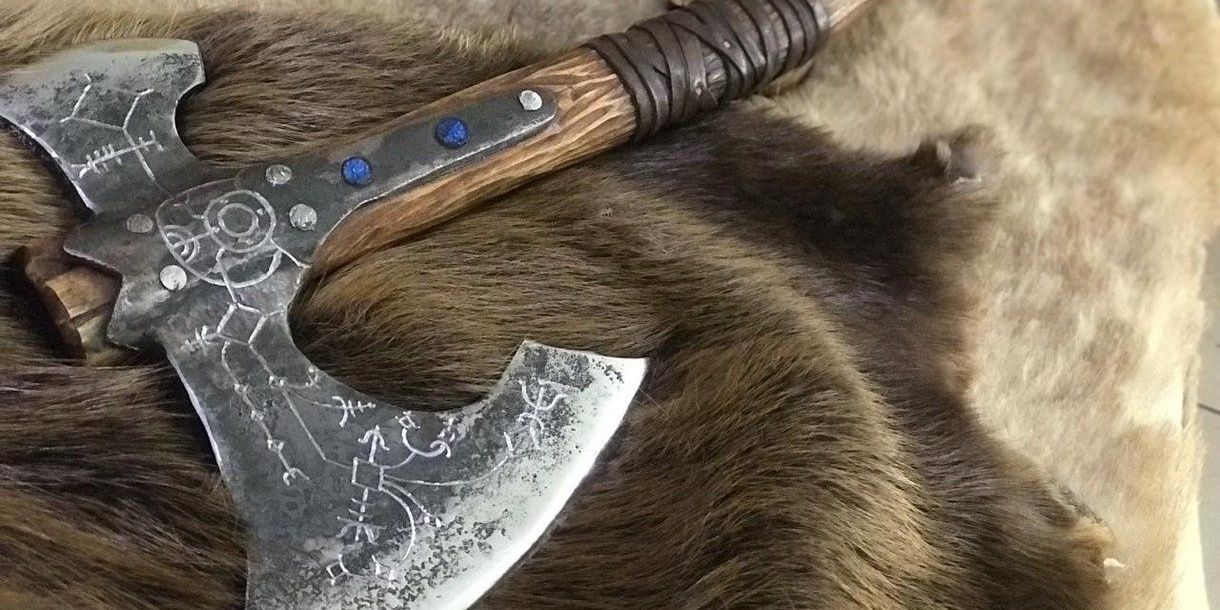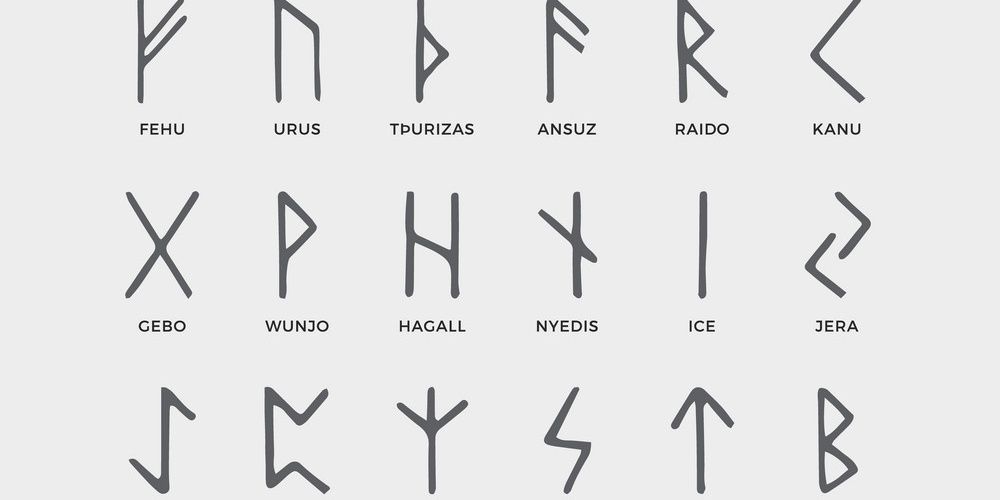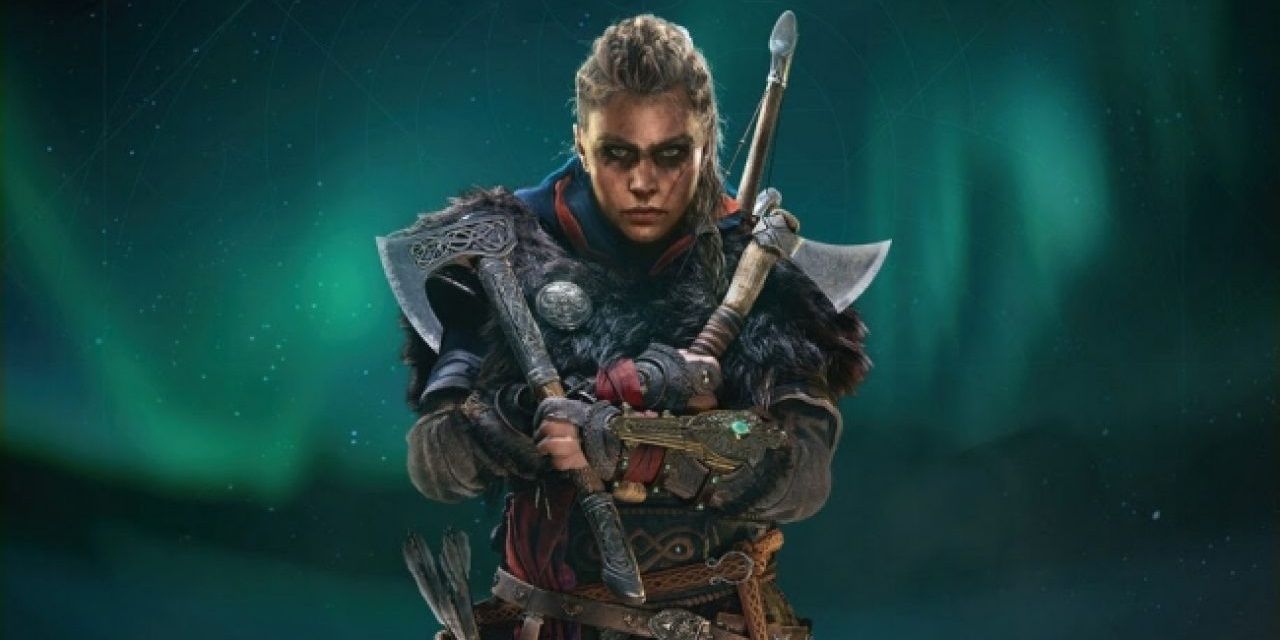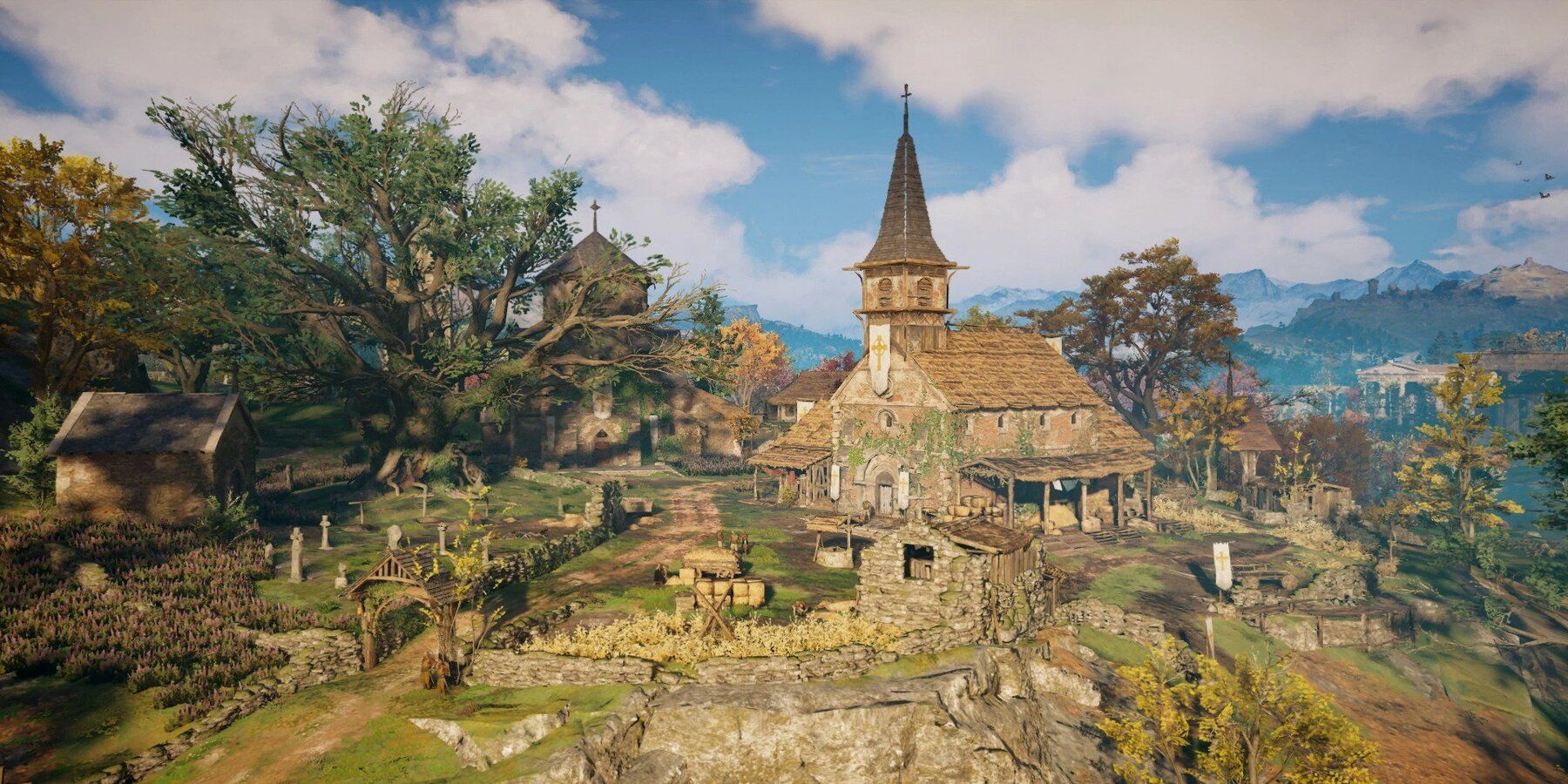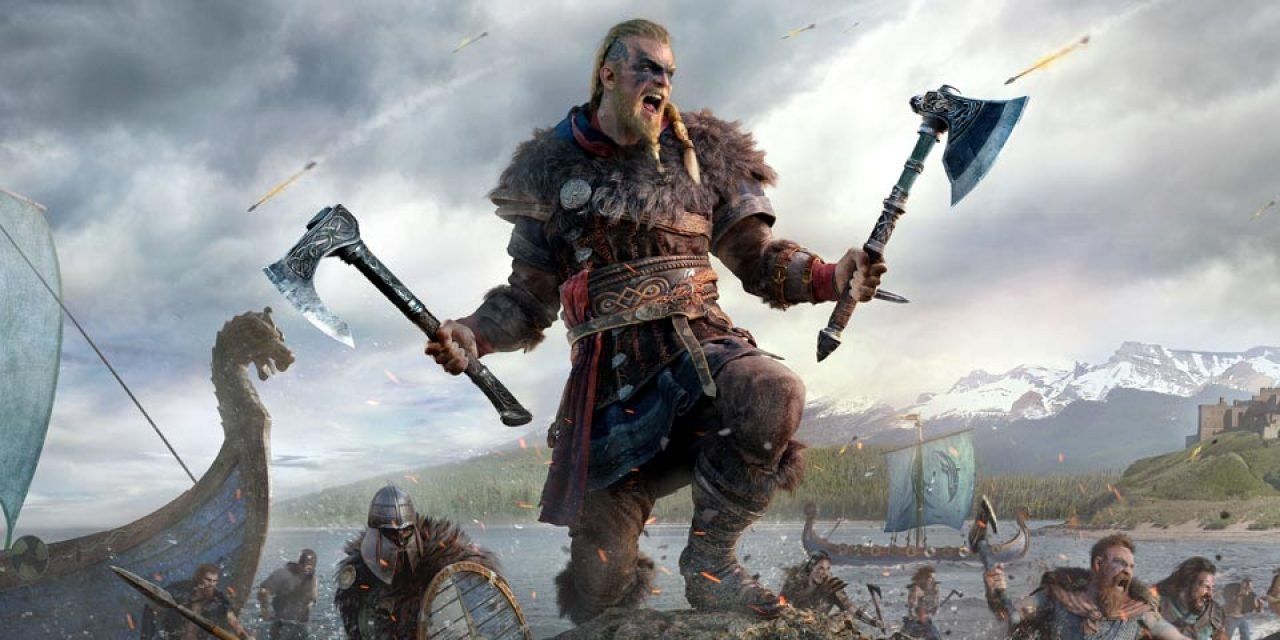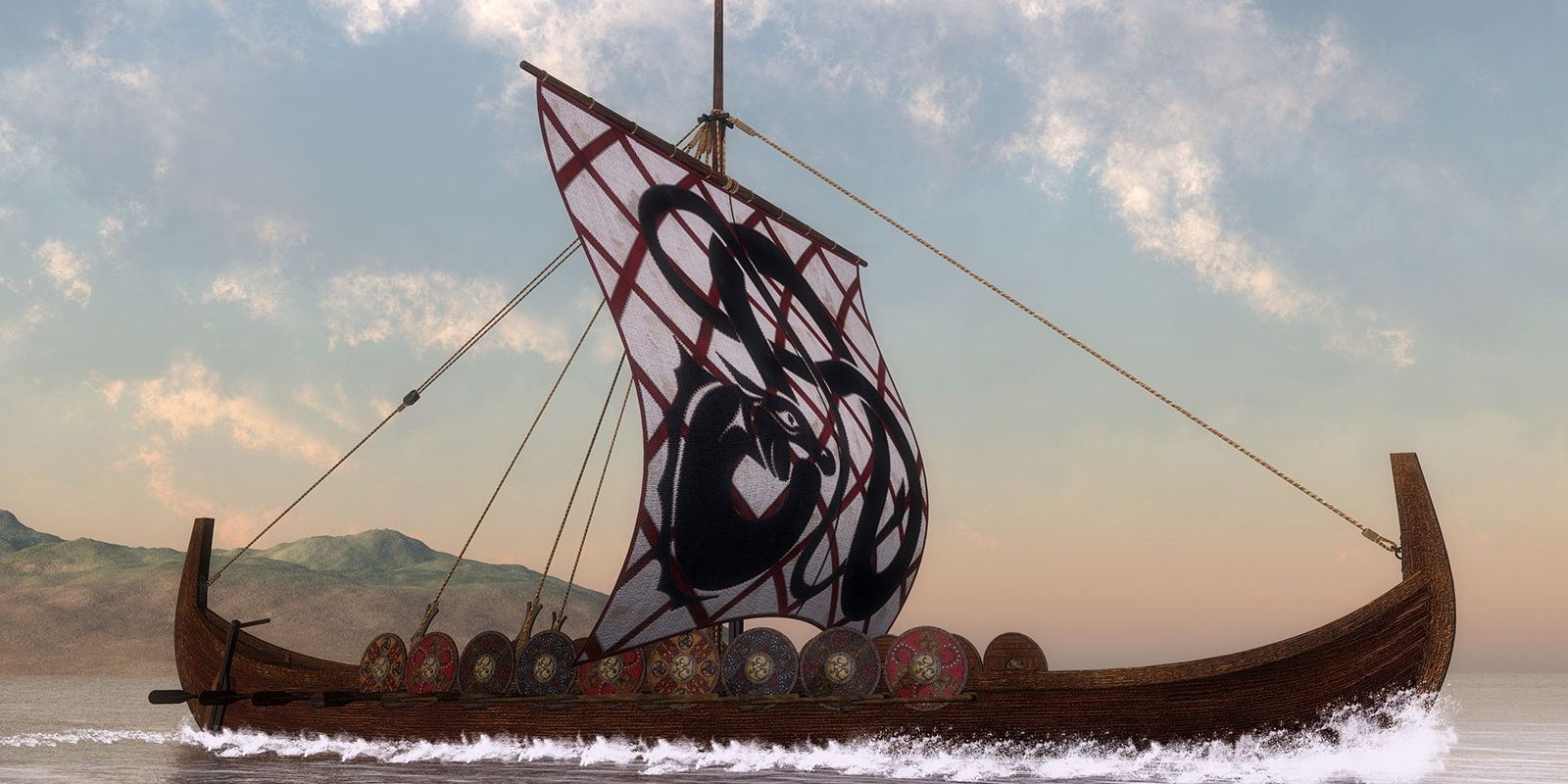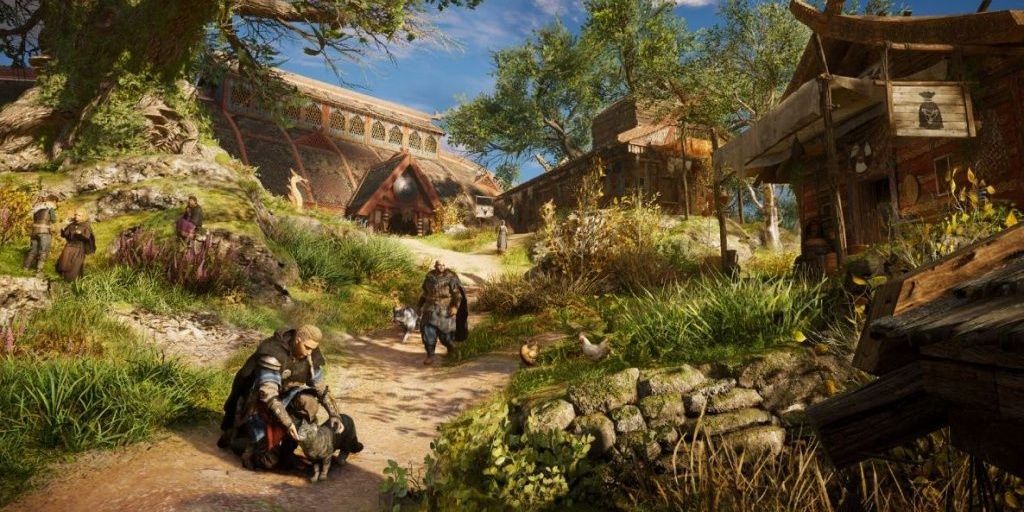One of the most significant selling points of the Assassin's Creed franchise is the ability to explore a whole range of historical settings and historical figures. Assassin's Creed Valhalla is no different, allowing players to explore all of England, along with parts of Norway & North America, in the 9th century. Attacking historical figures with veritable glee.
Being a work of fiction, the game takes many artistic liberties regarding certain historical details for the sake of storytelling. It's no surprise, as when it comes to accurate portrayals of Viking and Norse culture specifically — accurate, reliable source material and archeological findings are hard to come by anyway. However, there are still some authentic historical details to be found, giving players a worthy and accurate portrayal of England during the Viking invasion.
Updated January 5th, 2023 by Stephen LaGioia: Viking and Norse culture seem to be making their mark in terms of popularity in media and entertainment. Shows like Vikings and The Last Kingdom, and Ubisoft's AC Valhalla, are getting some people interested in the history of this resourceful, and often brutal, warrior people.
It's easy to see why, as the culture is particularly unique — often invoking the imagination, not unlike an (often dark) epic fantasy. And with Ubisoft expanding the Valhalla universe with even more content via DLC and events, some have become even more curious as to the historical accuracy of the game.
14 Viking Funerals — A Firey Service Of Ships
The Vikings are known, among other things, for their "interesting" funeral rituals. Ubisoft's game touches on this "rite of passage" into Valhalla a number of times, but most notably with the funeral of the troublesome Ivarr.
Much like the TV show Vikings, the game seems set on the notion of these funerals sending the fallen away by longship or boat, clutching their weapons and shields, as they were set ablaze. This is at least largely correct, according to most historians and archeologists. But while there is evidence of fiery ship burials (done with possessions of the dead), this becomes far more cloudy with regards to sending them out to sea.
13 A Resourceful And Versatile People — When They Weren't Raiding
It may seem nonsensical that Eivor and his Viking companions are able to achieve so much and have such a vast, diverse palette of skills. In Valhalla, Eivor (or others) can gather and craft with resources, build entire settlements, fish, hunt, and of course, fight and pillage relentlessly. But this may not be so farfetched and, in fact, more accurate than most believe.
By most accounts, the Vikings were in fact a very industrious, adaptable people. They were farmers, seafarers, traders, blacksmiths, and warriors, among other trades. And this largely applied to the men as well as the women.
12 Ireland Depiction — Sociopolitically Accurate (In Some Ways)
When it comes to the atmospheric Wrath of the Druids DLC, the historical accuracy can be particularly spotty, given the mythological aspects and the emphasis on Druids, which wouldn't have been present at this time.
While it is accurate that the Vikings invaded Ireland, the region would have been well underway with Christianization by the 9th century. Thus, Paganism as a whole, let alone the ancient Celt practice of Druids, would have been a non-factor in this area.
Still, there are things the game gets right here, particularly when it comes to the sociopolitical scene and some environmental details. Examples include — the accuracy of the trade posts and the materials bartered in Dublin, the main territories (Ulster, Meath, Connacht), and the High Kings that ruled these segmented regions.
11 The Campaign In Francia — And Its Importance
The somewhat divisive Siege of Paris DLC keeps up the tradition of bringing more "creative liberties" than authentic elements. But in a more general sense, this huge campaign, and its timeline in the overall story, is fairly accurate. The Vikings did eventually focus their efforts on West Francia in 845, an invasion known as the Siege of Paris, clashing against Charles the Bald.
The game also captures the particularly large forces and the great effort these invaders put into their attacks. With that said, the campaign in the game is notably simpler than the largely-failed attacks the Vikings had waged on Francia — though they were given several hundred pounds of silver as ransom after their "defeat."
10 Silver Currency - Penny For Your Troubles
Money in Valhalla is less crucial than it has been in previous installments in the franchise, generally only being used for an occasional top-up on resources (and gambling). This is a shame as the currency used in Valhalla, silver, is an accurate representation of the coinage of the time.
Silver pennies were used widely as currency in England during this period, as well as in Viking settlements. This was a huge boon to the English economy as Viking money could easily be exchanged with Anglo-Saxon money for no lost value.
9 Location of Viking Settlements - Calling The North Home
The story of Valhalla sees the player venture around the regions of England to gain allies. Depending on which locations the player explores, they may find Anglo-Saxon settlements or Viking settlements to win over.
The spread of these settlements holds a lot of historical accuracy. While the Vikings conquered most of England at one point in time, during the time period of Valhalla, only the more northern regions of the country were under Viking rule, which is echoed in the game.
8 No Horned Helmets - Fading Into Myth
One of the most well-known historical myths is that of Vikings wearing horned helmets. It's become such a well-known myth that most people are fully aware that it has no basis in reality. Still, many portrayals of Vikings in fiction (particularly cartoonish ones) still show them with horned helmets. Especially considering the amount of mythological content Valhalla features.
It would've been very easy for Valhalla to fall into the same trap, even if it were as a joke, to put a horned helmet into the game for players to wear. Thankfully, the developers strayed away from the joke, choosing to give only realistic attire for Eivor to wear.
7 Viking Weaponry - Swordless Combat
A detail players may not have noticed while playing Valhalla is the complete lack of swords available to wield in the game. There is a massive range of weapons. Axes, daggers, hammers, and flails are options for players, but these are far more prominent in the game than swords (particularly massive two-handed ones).
This is down to historical accuracy — at least when it comes to axes, bows, lances, and spears. Swords were very expensive to make during this era in history due to the amount of metal they required. As such, most warriors used other weapons that required far less metal to make. Even when swords are seen in Valhalla, they are normally decorative or status symbols, not tools of war.
6 Terminology & Language - The Correct Dialect
While every character in the game speaking perfect English no matter where they're from is a bit odd, the terminology and dialect they use are surprisingly accurate. The term "Viking" is rarely used in the game, as it's a more modern phrase to refer to the Nordic invaders of this period.
In reality, "Danes" was the common name for the Vikings in England during this time, referring to the fact that the majority of Vikings were from Norway or Denmark. The terms "Víkingr" and "Jomsviking" are used frequently by the Danes to refer to their mightiest warriors, which is where the modern term "Viking" comes from.
5 Female Warriors - All Can Fight
Throughout history, there are plenty of examples of certain societies having more gender equality than one would expect from the time period. The Spartans of Assassin's Creed Odyssey put women in positions of great political power, and there were many mighty female warriors.
The Vikings are similar. While Viking society was still, by and large, a patriarchy, there was minimal stigma against Viking women becoming warriors compared to most other cultures at the time. Many historians even note that some Viking women may have been entrepreneurs. Compare this to the Anglo-Saxon philosophies, which more or less entirely prevented women from stepping onto battlefields, and the Vikings seem almost progressive.
4 Raiding Monasteries - Taking The Riches Of God
In the modern-day, mainstream society sees Vikings as cool warriors from an ancient era. Pop culture is full of Viking shows, films, and games, and they're looked on as favorably as Pirates are. However, much like Pirates, when looking at the reality, it becomes clear how horrible and savage they could really be.
In the 9th century, England was a heavily Christianised country, and as such, the Church was an extremely powerful and wealthy institution. The Vikings, who had a different set of religious beliefs, took it upon themselves to destroy these grand churches & monasteries and take their riches for themselves. Doing this in the game is a similar experience, although the terrible moral implications are largely glossed over.
3 Viking Combat Style - Berserker Rage
The accuracy of warfare in Valhalla doesn't just extend to the Viking weaponry, as the way in which Eivor can fight is accurate too. There is evidence to show that Vikings fought with less of a sense of self-preservation than most other people. They believed their deaths to be an event pre-determined by the Gods, so they made less of an effort to keep themselves alive in battle.
They didn't fight with all-out reckless abandon; however, there is evidence to suggest that many Vikings neglected to take shields into battle. Instead, dual-wielding weaponry to maximize attacking prowess was a tactic that many Vikings used to take out their enemies and to go out in a blaze of glory in battle, which the Vikings considered the most honorable way to die.
2 Longships - A Seafaring People
The Vikings are well-known in history for their sailing prowess. The Viking Longship has been studied extensively by historians and is considered a marvel of engineering, given the technology of the time.
These Longships ensured the safe passage of armies of Vikings to lands all over Europe. It even allowed some groups of Vikings to safely sail across the Atlantic Ocean and set foot on the North American continent centuries before the renaissance Europeans did so.
1 Ravensthorpe - A Real Village
When the characters of Valhalla first settle in their town of Ravensthorpe, it may be fair for players to assume that this is a fictionalized settlement for the purpose of the game. However, that is not the case, as Ravernthorpe is a real village in the county of Northamptonshire in England.
It is unknown who originally settled it, but there is evidence to suggest that the Romans, Anglo-Saxons, and Vikings all called it home at some point during its early history. With a small population of just over 600 people, it never became the sprawling metropolis the ancient settlers may have hoped for, but it's proof that such conquests in England's past have stood the test of time.
Assassin's Creed: Valhalla is available now on PlayStation 4, PlayStation 5, PC, Xbox One, and Xbox Series X/S

